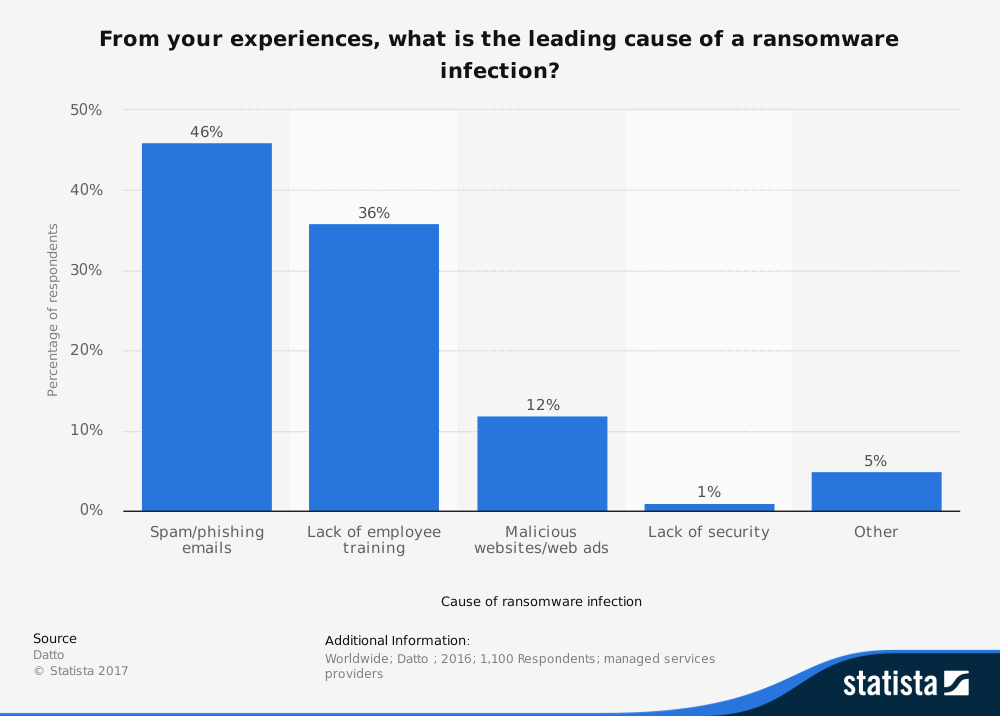Be Proactive, Not Reactive
With the death of the ransomware comes the death of user data. This is where real-time backups become crucial. If you fall victim to a ransomware attack and haven’t backed up your data, you won’t be able to decrypt it once the ransomware is removed from your system. Because of this, you shouldn’t view VDI solutions as a quick fix for ransomware issues.
Instead, follow best practice guidelines to keep your data safe:
- Limit user access to data – If certain files aren’t crucial to your employees’ job, don’t grant them privileged access. Ransomware can’t infect data your users can’t obtain.
- Secure your datacentre – Some ransomware targets the mapped network drives found on user desktops. To prevent this travelling back to your datacentre, make sure you set up internal firewalls to vet incoming data. Create air gaps between storage and backups to reduce the spread of ransomware.
- Continuously backup all user files – As I’ve already mentioned, this is the easiest way to restore data after you’ve removed the malicious code. If you don’t have the capacity for this on-premise, consider storing backups in the cloud.
For further guidance, check out our infographic on protecting users from ransomware attacks.
VDI Solutions as Part of a Bigger Security Picture
While VDI isn’t 100 percent ransomware-proof, it does hold many advantages over the traditional PC. For organisations with thousands or even ten of thousands of employees, VDI solutions can help you manage and maintain all your desktops from one place.
In doing so, your IT team can monitor potential security threats and implement patches across your entire network more efficiently.
Take a look at some of the work we’ve done on cloud workspaces to discover whether they’re the right fit for your business.



